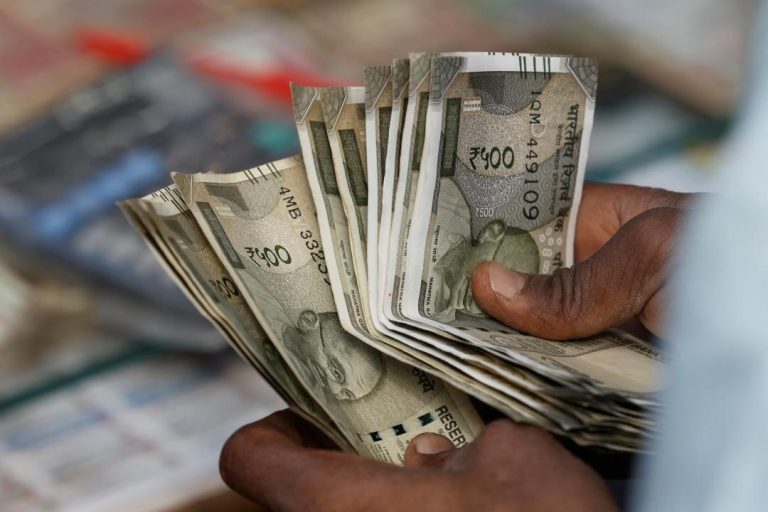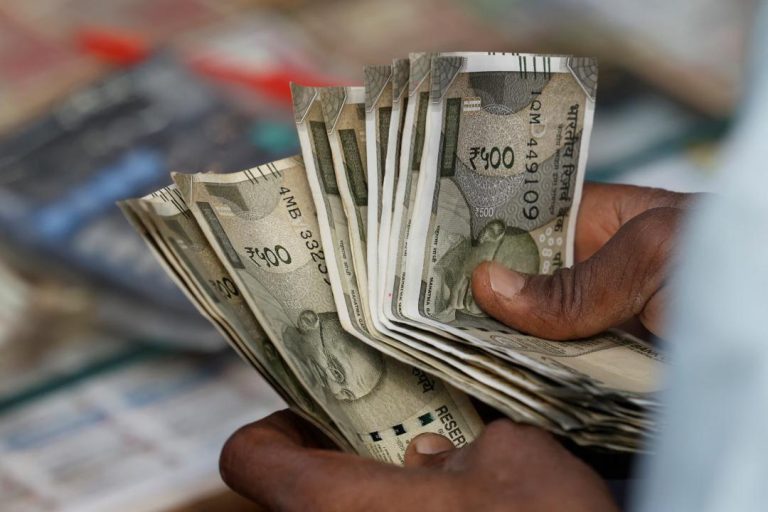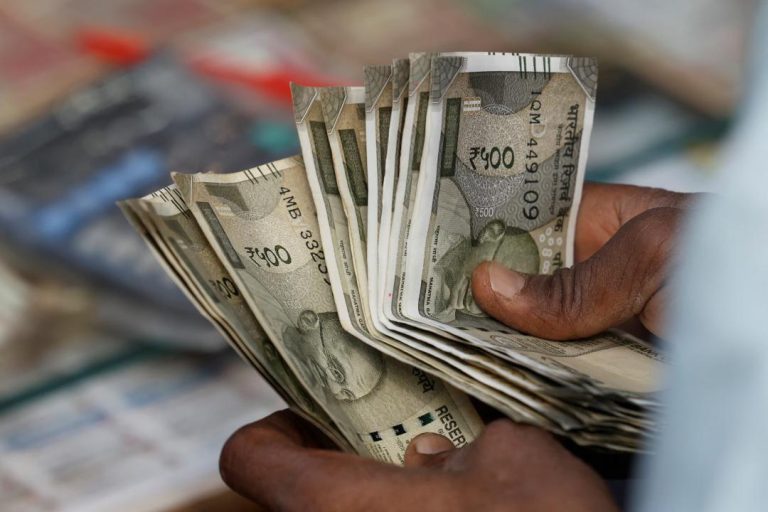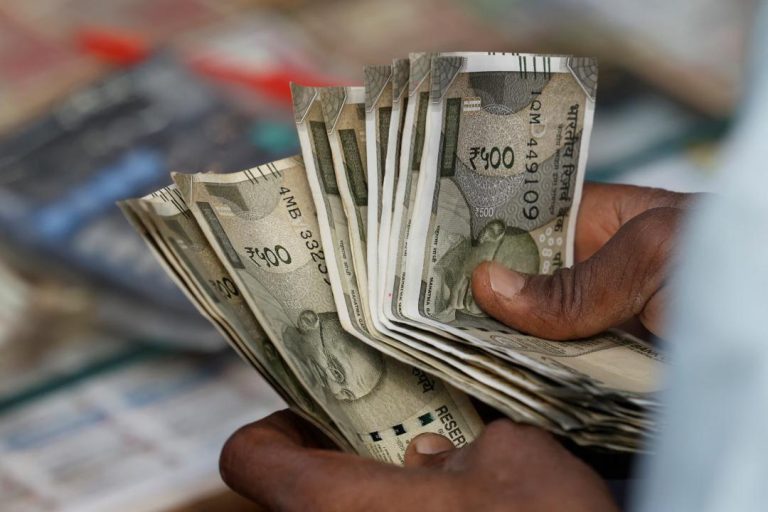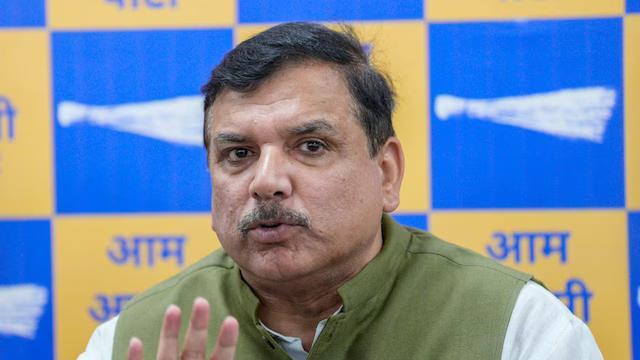
What Got Cheaper & Costlier in March as CPI Falls to 67-Month-Low of 3.34%?
India’s retail inflation, as measured by the Consumer Price Index (CPI), witnessed a significant decline in March, falling to a 67-month-low of 3.34%. This marked a considerable drop from the previous month’s 5.91%. The decline in inflation was attributed to a combination of factors, including a sharp decrease in the prices of essential commodities such as eggs, vegetables, and pulses.
According to the data released by the Ministry of Statistics and Programme Implementation, the prices of eggs saw a significant decline of 14.43% in March, followed by a 12.17% drop in the prices of vegetables and a 10.14% decline in the prices of pulses. These commodity price drops contributed significantly to the overall decline in retail inflation.
On the other hand, some essential commodities saw marginal price increases in March. Cereals, milk, oil, sugar, confectionery, clothing, snacks, sweets, pan, tobacco, footwear, fuel, and health and education services all saw price rises of less than 1% during the month. Fruit prices, however, saw a sizeable jump of 6.14%, which was the highest among all the categories.
Spices, meat, fish, housing, and recreation and amusement services also saw price drops, although these declines were marginal. Spices, for instance, saw a 0.56% decline in prices, while meat and fish prices dropped by 0.45% and 0.38%, respectively. Housing services, recreation, and amusement services also saw price declines of 0.33%, 0.26%, and 0.19%, respectively.
The decline in retail inflation is likely to have a positive impact on the Indian economy, as it indicates a slowing down of price pressures. This, in turn, may lead to an increase in consumer spending and investment, which could boost economic growth. The Reserve Bank of India (RBI) has also been monitoring the inflation trend closely and may consider reducing interest rates in its upcoming policy review to support economic growth.
The decline in retail inflation can be attributed to several factors, including a good harvest season, which led to an increase in the supply of essential commodities such as pulses and vegetables. This increased supply helped to reduce prices, which, in turn, contributed to the decline in retail inflation.
The government has also been taking steps to improve the logistics and supply chain management of essential commodities, which has helped to reduce prices and increase the availability of these commodities in the market. The government’s efforts to improve the agricultural sector, including initiatives such as the Pradhan Mantri Kisan Samman Nidhi (PM-KISAN) scheme, have also helped to increase the production and availability of essential commodities.
In conclusion, the decline in retail inflation in March to a 67-month-low of 3.34% is a positive sign for the Indian economy. The decline in prices of essential commodities such as eggs, vegetables, and pulses has helped to reduce price pressures and increase the purchasing power of consumers. While some commodities saw marginal price increases, the overall trend indicates a slowing down of price pressures, which could lead to an increase in consumer spending and investment.
Source:
